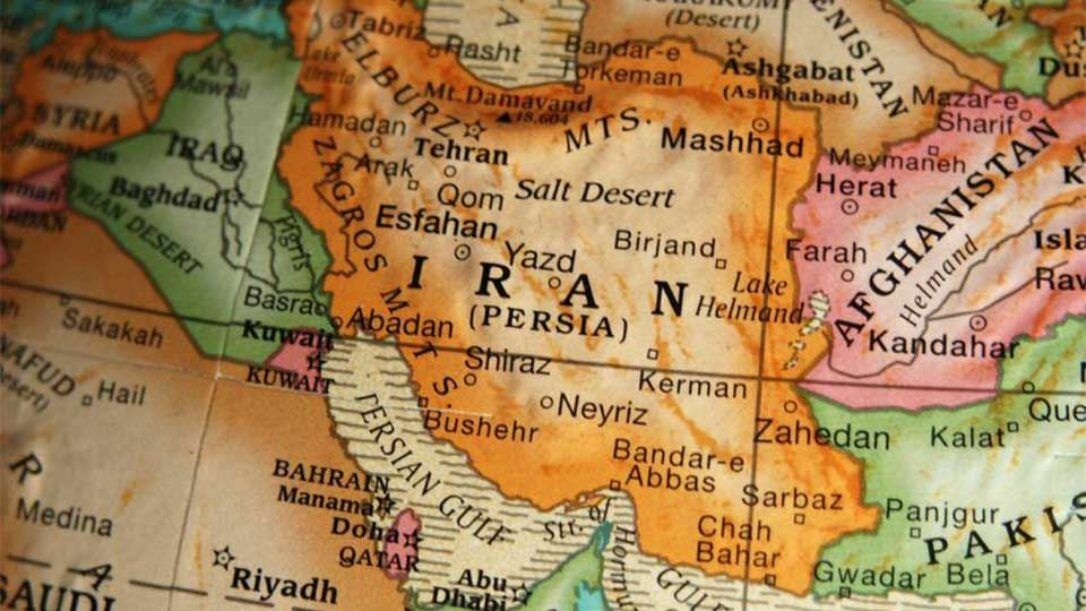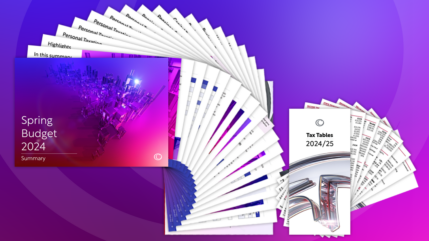With sanctions eased, foreign investors can now invest in Iranian equities. You won’t see these in your portfolio yet and here’s why:
- The stock market size is only $90 billion. The whole market is smaller than HSBC
This is the main problem for us. We run carefully risk controlled portfolios and do not want or need very small businesses from untested stock markets providing additional volatility. - Sanctions remain on many businesses which restricts choice, limits diversification and causes due diligence headaches
The stock market size is automatically reduced by the on-going sanctions and this increases the risk. - The risk of the re-imposition of sanctions remains high
The compliance of Iran’s nuclear programme with agreed commitments may drift and it is not impossible that sanctions will be re-imposed during the next 15 years of on-going inspections of nuclear sites in Iran - Regulatory standards and reporting standards are untested in the global markets
10 years of UN sanctions means that there is some catching up to global standards to be done and this won’t happen quickly. - Liquidity is untested
This is a new “frontier” market and there has been no test of the liquidity of the market, nor any test of the free flow of capital into and out of the country.
Best not to be a pioneer.
In 2013 we invested in frontier market equities, diversified across several different countries. One of the reasons we wanted to invest was the risk diversifying characteristics. The return potential was also attractive.
However, the change in the composition of the index as Qatar and the UAE moved to be classified as Emerging Market equities, removed some of the risk diversification attraction and we were happy to sell our exposure in June 2014. We profited by 29% over 8 months (the fall since then has been – 32%). Iran’s stock market will be the fifth largest in the Middle East, but not large enough, or diverse enough, for us to consider it alone. Its reintroduction to global markets is likely to be as a very small part of a Frontier Markets index, when index providers deem it sufficiently liquid, regulatory robust and diverse to admit it. Until then, we are not even considering it.













